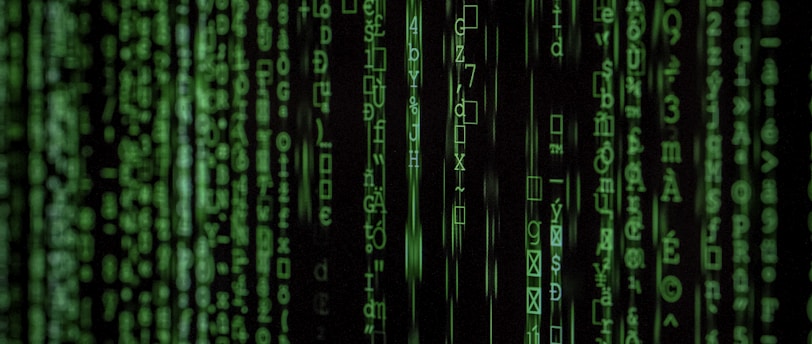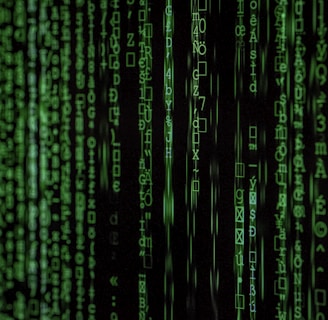The Matrix We Live In: Unveiling the Illusion


Introduction
Have you ever stopped and wondered about the nature of reality? Is the world we perceive truly as it seems, or is there something more to it? These questions have intrigued philosophers, scientists, and curious minds for centuries. In recent times, the concept of living in a matrix-like simulation has gained popularity, thanks to movies like "The Matrix." In this blog post, we will explore the idea of the matrix we live in, how it came to be, and why it is perceived as a simulation rather than reality.
What is the Matrix?
The term "matrix" refers to a simulated reality that deceives our senses and creates an illusion of what we perceive as the world. It is a construct designed to keep humans unaware of the true nature of their existence. In the movie "The Matrix," the protagonist, Neo, discovers that the world he thought was real is, in fact, a computer-generated simulation created by sentient machines to control humanity.
While the concept of the matrix in the movie is fictional, it raises intriguing philosophical questions about the nature of reality. The idea that we might be living in a matrix-like simulation has been explored by various thinkers, including philosopher Nick Bostrom, who proposed the "simulation argument" in 2003.
How Did the Matrix Come to Be?
The origins of the matrix-like simulation are speculative and vary depending on different theories and interpretations. One possibility is that advanced civilizations, far more technologically advanced than our own, have created the simulation. These beings, often referred to as "post-humans" or "simulators," possess the capability to create a virtual reality indistinguishable from the "real" world.
According to the simulation argument, it is statistically probable that we are living in a simulated reality. This argument suggests that if post-human civilizations exist and have the ability to create simulations, the number of simulated worlds would greatly outnumber the single "base" reality. Therefore, the chances of our reality being the base reality are incredibly slim.
Another perspective suggests that the matrix-like simulation could be a result of technological advancements by future iterations of humanity. As we continue to progress technologically, we might reach a point where we can create highly realistic virtual realities, indistinguishable from the physical world. In this scenario, our current reality could be a simulation created by our future selves.
Why is it a Matrix and Not Reality?
The question of why our perceived reality is a matrix rather than "true" reality is complex and multifaceted. Here are a few possible explanations:
1. Simulation Hypothesis
The simulation hypothesis proposes that our reality is a computer-generated simulation created by a more advanced civilization. According to this hypothesis, the reason we experience a simulated reality is that it serves a purpose for the creators. Whether it is for entertainment, research, or some other unknown motive, the simulation provides a controlled environment for the creators to observe and interact with.
2. Evolutionary Purpose
Another perspective suggests that the matrix-like simulation serves an evolutionary purpose. It posits that our reality is a training ground or a testing environment for our consciousness to evolve and grow. Similar to how video games provide challenges and obstacles for players to overcome, the matrix offers a platform for our souls or consciousness to learn, experience, and develop.
3. Limitations of Perception
Our perception of reality is shaped by our senses and the information they provide to our brain. However, our senses have limitations, and they can only detect a small portion of the electromagnetic spectrum and a limited range of sounds, smells, tastes, and textures. It is possible that the matrix-like simulation restricts our perception to create a simplified version of reality that we can comprehend.
4. Existential Experiment
Some theories propose that the matrix-like simulation is an existential experiment. It suggests that our reality is a construct designed to explore the depths of human consciousness, emotions, and experiences. By subjecting us to various scenarios, challenges, and emotions, the creators of the matrix seek to understand the human condition and the nature of existence.
Conclusion
While the idea of living in a matrix-like simulation may seem far-fetched, it continues to captivate our imagination and challenge our understanding of reality. Whether the matrix exists or not, contemplating its possibility encourages us to question our assumptions and explore the depths of human consciousness. So, the next time you ponder the nature of reality, remember that the truth might be stranger than we can ever imagine.
